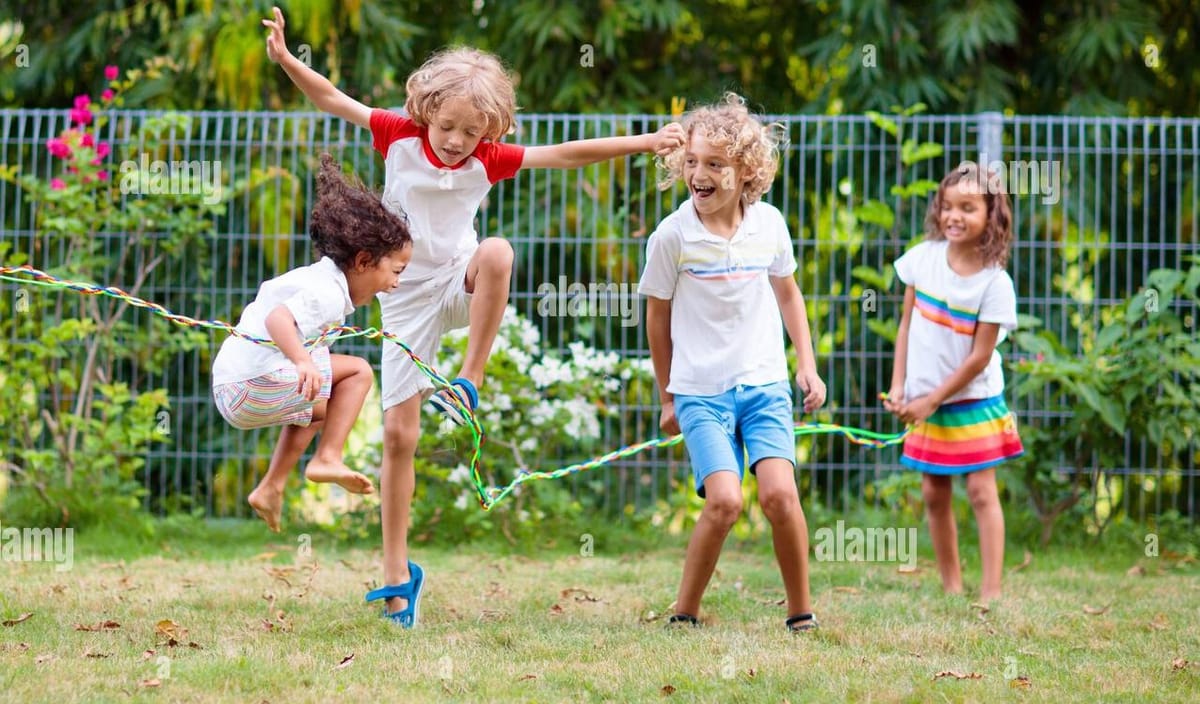From Playroom to Playground: Helping Children Build Social Confidence

If we agree that the home is a child’s first social classroom, then the playground is their next big leap. At home, our children practice sharing, listening, and problem-solving with family. However, stepping out into the wider world of peers, playdates, preschool, neighbourhood, and parks adds new layers of challenge and opportunity.
For many parents, this stage can feel both exciting and nerve-wracking. Will my child make friends? What if they are shy or left out? The good news is just as we shape a positive social culture at home, we can also prepare our children to carry those skills into the wider world.
This Transition is Needed
Peer interactions are different from family dynamics. At home, siblings may fight today but still know they will see each other tomorrow. With peers, the stakes feel higher: “If I don’t share, maybe she won’t play with me again.” That makes learning social confidence outside the home especially important.
Research has found that children who build early, positive peer relationships show stronger emotional resilience and even better academic outcomes later in school¹. Helping kids take those first steps into social groups with confidence sets them up for long-term success.
Use S-P-A-C-E
To make this stage easier to remember, think S-P-A-C-E. It’s a way for parents to create the right “space” for healthy social growth:
- S: Support gradual exposure – Start small, with short playdates or one-on-one interactions, before tackling bigger groups.
- P: Prepare with practice – Role-play simple social scripts at home: greetings, taking turns, asking to join in.
- A: Affirm small steps – Celebrate effort (“I like how you introduced yourself”) rather than waiting for perfect outcomes.
- C: Coach gently – Step in with light guidance if conflicts get tricky, but don’t take over.
- E: Encourage independence – Trust your child to try solving problems on their own when possible.
Scenario 1: Playdate Prep
Emma, age 4, is about to meet a new friend from preschool at the park. She feels nervous, so her mom sets aside a few minutes beforehand for a “pretend playdate.”
- Mom pretends to be the new friend: “Hi Emma, do you want to play on the swings with me?”
- Emma practices responding: “Sure! Let’s go!” or “Can we play on the slide first?”
- They also practice what to do if Emma wants a turn on a toy: “Can I have a turn when you’re done?”
By rehearsing these little social scripts, Emma feels more confident going into the real playdate. The parent cannot guarantee perfection (conflicts may still arise), but has given their child tools to try out.
Scenario 2: School Drop-Off
James, age 3, clings tightly to his dad at the preschool door. He does not want to join the group where children are already building block towers together. Instead of sneaking away, Dad uses a ritual goodbye they practiced at home:
- Hug and phrase – “I’ll be back after story time.”
- Quick handoff – Dad greets the teacher warmly, so James sees the trust.
- Visible exit – Dad leaves confidently, instead of hesitating at the door.
What happens? James may still cry, but over time, he learns that Dad always comes back, teachers are safe helpers, and he can manage the transition. The preparation creates predictability, and predictability builds security.
Why This Approach Works
Children thrive when expectations are clear and consistent. Role-play and gentle coaching provide a safety net, while independence lets them stretch their wings. Over time, these moments accumulate into real skills, confidence to speak up, resilience in times of conflict, and joy in shared play.
Research highlights that peer relationships in early childhood are crucial for developing cooperation, emotional regulation, and even leadership skills². By applying the S-P-A-C-E framework, parents become a sort of architects of their child’s social world.
Also Parents:
- Model greetings: Say hello to neighbours or thank cashiers so children see casual social scripts in action.
- Use storybooks: Pause during bedtime stories to ask, “What could the character say if they want to play too?”
- Celebrate attempts: Even if your child mumbles a hello, praise the effort. Confidence grows with repetition.
- Balance coaching and freedom: If two children argue, let them try solving it before stepping in with suggestions.
- Keep transitions consistent: Create rituals (hug + phrase) for drop-offs so children learn social routines.
Try the “Social Rehearsal Game.”
- As a family, sit down with your child and act out short, playful scenes: asking to share, joining a group, or saying goodbye.
- Switch roles, sometimes you’re the child, sometimes you’re the friend.
- Keep it light, silly, and fun!
These simple practices allow children a safe space to experiment with words and actions. When the real-life moment comes, they will have a ready-made script tucked in their back pocket.
Parents, let us make the time to guide the little ones. From playroom to playground, the transition into wider social spaces can feel big for them, but with your support, it can also be joyful. By following the acronym S.P.A.C.E—Support, Prepare, Affirm, Coach, and Encourage, we can equip our children with the skills and confidence to build friendships, handle challenges, and thrive socially.
The journey may include clumsy starts and awkward pauses, and feel time-consuming, but each step builds strength. And soon enough, you will watch your child walk onto the playground with a confident smile, ready to connect.
Footnotes
- Ladd, G. W. (1999). Peer relationships and social competence during early and middle childhood. Annual Review of Psychology, 50, 333–359.
- Rubin, K. H., Bukowski, W. M., & Parker, J. G. (2009). Peer interactions, relationships, and groups. In Handbook of Child Psychology (Vol. 3, pp. 571–645). Wiley.